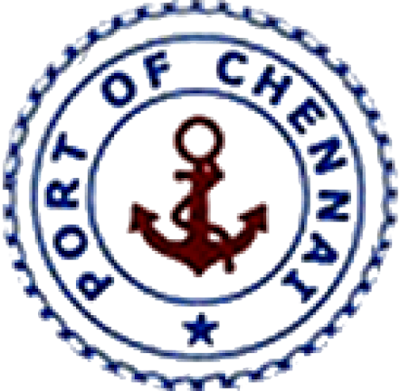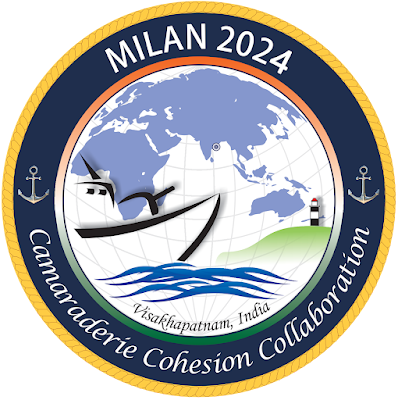CHENNAI PORT AUTHORITY

CHENNAI PORT AUTHORITY The emblem of Chennai Port Authority (CPA) has a brown anchor placed in a blue circle. This is ensconced by a border with a blue outline on which its name is written. The border is circumscribed by a rope, which is commonly used in ships. The colour brown symbolises earthiness, simplicity, stability, humility, warmth, reliability, endurance, timelessness and tradition and the colour blue denotes water and symbolises serenity, calmness, trust, spirituality, calmness, wisdom, freedom, openness, intelligence and loyalty.
.png)
.png)

